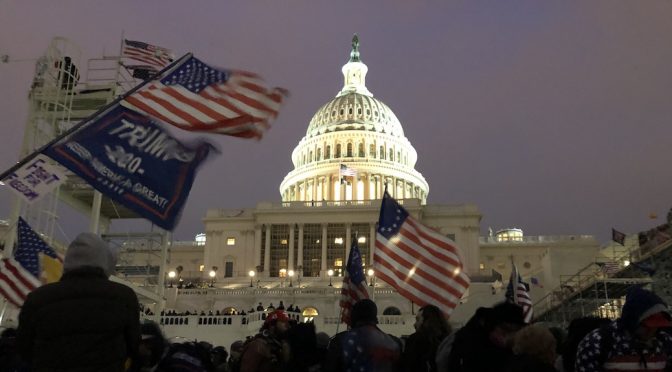By David E. Graham
As the world watched, in real time, a mob descended upon the U.S. Capitol on January 6, and, spurred on by the words of the then President of the Unites States, engaged in destructive and deadly acts of violence. Pundits, politicians, present and former government officials, and, yes, any number of attorneys, have since referred to the actions involved, alternatively, as a “riot”, “mob violence”, “domestic terrorism”, “sedition”, “a coup”, “rebellion” and “insurrection”. The headline in The Washington Post on the morning of January 7 declared that the President had incited his supporters to commit “acts of insurrection [and] violence”. And, on January 11, the House of Representatives, in apparent confirmation of the Post’s conclusion, impeached President Trump on the charge of “incitement of insurrection”.
Here’s the question, however. While the President, individually, has been charged with inciting “insurrection”, did the collective acts engaged in by those who stormed the Capitol actually rise to the level of what can objectively be viewed as such? With this in mind, it would perhaps be prudent for the National Security Law community to take a step back, draw a deep breath, and undertake an analysis as to what the actions of those who descended upon the Capitol should most accurately and realistically be termed-bearing in mind that, as the saying goes, words actually do matter. The brief thoughts that follow are intended to engender this assessment …

